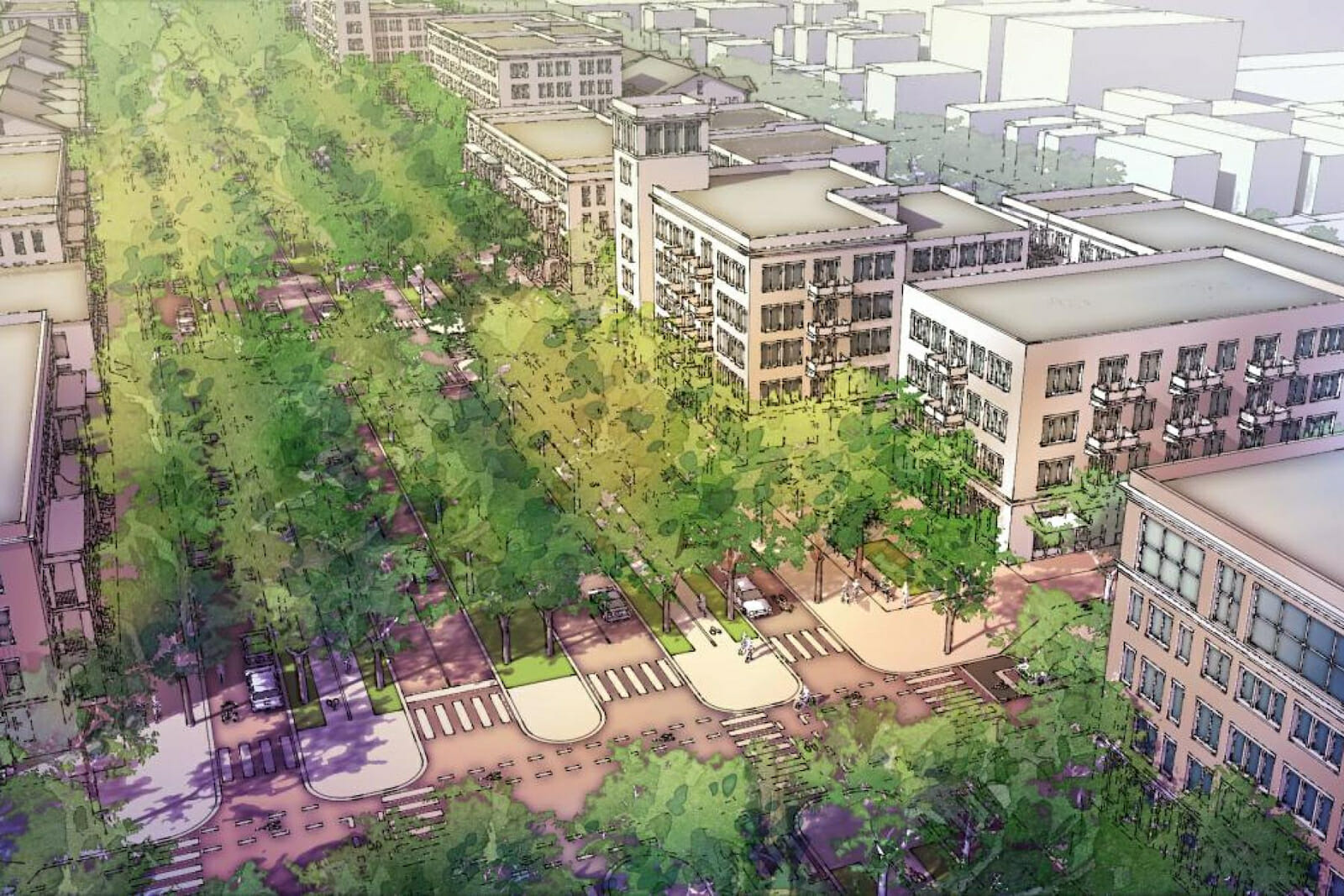
Culture
New Urbanism is Dead: What Just Killed It?
New Urbanism is dead. The reality of enticing all those who moved out to the suburbs after World War II back to the city has just been shot down for all intents and purposes.
What killed it? The concept of New Urbanism, which some architects and city planners wanted to return to, has been severely damaged, if not mortally wounded, by several recent societal events.
The recent lack of law-and-order just witnessed in several American cities has shown that many people do not want to live and work in a close environment anymore. They want to be able to connect with work and telecommute from home. They desire to have the ability to decide to live wherever they chose. Many have gotten a different sense of reality after being engaged in witnessing rioting and looting of downtown areas that were thought to be safe, if not immune, from large-scale rioting.
In recent months, people who lived and worked in places like Chicago, Portland, Seattle, New York City, and other urban areas, were confronted with a lot of stress created by the pandemic shutdown as well as uncontrolled rioting and looting that destroyed many downtown businesses.
In addition, new technologies available, like Zoom and overall connectivity, have made that decision even easier to make, not only for them, but for the companies and organizations they work for as well.
With more people opting to “work at home” to avoid confrontation and more companies wanting to “reduce their corporate footprint” in commercial office space, mass transit systems, which were seen as critical fifty years ago, are now being severely impacted.
Impact on city/regional infrastructure
In Chicago, METRA (the commuter rail system in the Chicago metropolitan area serving the city of Chicago and surrounding suburbs) has seen a 90% reduction in ridership since the pandemic started and chances are a good portion of that “lost ridership” will be gone forever. There is no hard number, but that “lost ridership” may be as high as thirty to forty percent.
The big question becomes, what are the mass transit agencies going to do to streamline their organization to handle lesser traffic and lesser revenues?
While some transit systems and other mass transportation agencies are looking for more money for expansion, maybe they should be aggressively looking at consolidation and reduction of operating expenses. If organizations like METRA are not serving as much of the public as they were in the past, shouldn’t they be streamlining their operations to reflect that reduction in revenue? To go from over 250,000 riders a day to about 25,000, the revenues cannot sustain the bureaucracy they have built up over the decades.
With companies having a good portion of their workforce working from home, and another portion opting to drive into work instead of sitting on a train, the dynamics have changed as to what is important in large metropolitan areas. Building more mass transit when individuals are walking away from it needs to be re-evaluated. With more commuters on the road, the need for several different layers of mass transit to support urbanism concepts appears to be a waste of money. Maybe more affordable downtown parking is a higher priority now than it was in the past?
These types of cost-benefit analyses need to be redone because there has been a definite shift in preferences.
These changes will also affect many different revenue streams that cities took for granted. With fewer people coming downtown, there will be less need for many services like taxis, Uber, restaurants, and even retail. The concept of New Urbanism needs to be rethought and “re-gauged” as to its real scope of implementation. The way events have played out, it will be a long time before downtowns get to anywhere near “normal” – if they ever do at all.

